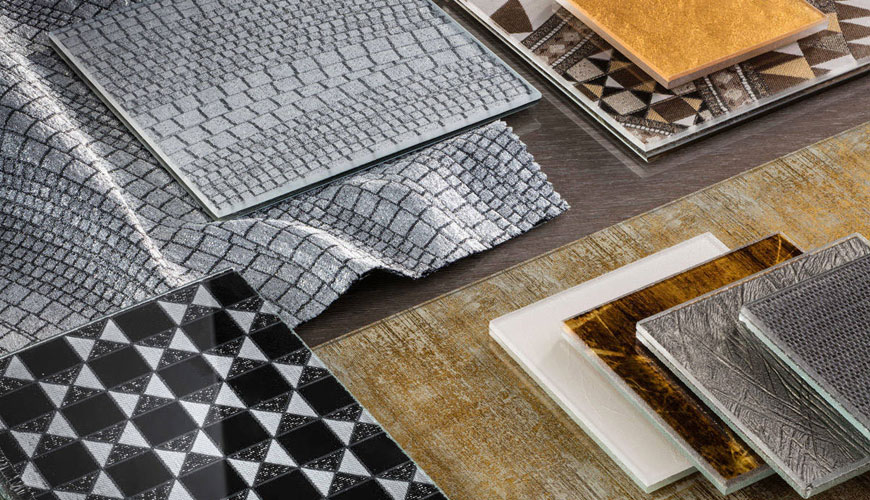

The ASTM C177 standard specifies criteria for the laboratory measurement of steady-state heat flux through flat, homogeneous samples when in contact with solid, parallel boundaries, maintained at constant temperatures using a shielded-hot plate apparatus. The test apparatus designed for this purpose is known as a shielded-hot plate apparatus and is a primary method.

This test method lays out the general design requirements necessary to construct and operate a satisfactory shielded-hot plate apparatus. It covers a wide variety of apparatus structures, test conditions and operating conditions. Detailed designs suitable for this test method are not given, but must be developed within the constraints of general requirements.
This test method covers both single-sided and double-sided measurement modes. Both distributed and line source shielded heating plate designs are allowed. The user should refer to standard practices for single-sided operation mode, Application C1044, and line welder, Application C1043, for more information on these heater designs.
The shielded-hot plate apparatus can be operated with vertical or horizontal heat flow. However, if convective heat flow occurs within the samples, the user is warned as test results from the two directions may differ. Although no exact upper limit can be given for the magnitude of the sample conductivity that can be measured on the shielded-hot plate, for practical reasons the sample conductivity should be less than 16 W/m.
This test method is applicable for the measurement of a wide variety of samples, from opaque solids to porous or transparent materials, and for the measurement of a wide variety of environmental conditions, including measurements at extreme temperatures and with a variety of gases and pressures.
Inhomogeneities that are normal in the heat flux direction, such as layered structures, can be successfully evaluated using this test method. However, testing samples with inhomogeneities in the direction of heat flow, such as a thermal bridge insulation system, may yield location-specific results and would not be attempted with this type of apparatus.
To ensure the expected level of precision and accuracy, persons applying this standard should be familiar with the requirements of heat measurements and testing practices and the practical application of heat transfer theory in relation to thermal insulation materials and systems. Detailed operating procedures, including design diagrams and electrical drawings, should be available for each apparatus to ensure that tests are suitable for this test method. In addition, the accuracy of the automated data collection and processing systems connected to the device must be verified. This can be done by entering datasets with known results associated with them into calibration and computer programs.
It is impractical for such a test method to specify the design and construction details and procedures to cover all possibilities that may present difficulties to a person without technical knowledge of heat flow theory, temperature measurements, and general testing practices. The user may also find it necessary, when repairing or replacing the device, to become a designer or builder, or both, where the demands for basic understanding and careful experimental technique are even greater. The standardization of this test method is not intended to limit in any way the future development of new or improved apparatus or procedures.
This test method allows a wide variety of apparatus design and design accuracy to be used to meet the requirements of specific measurement problems. Compliance with this test method requires a statement of the uncertainty of each variable reported in the report. Discussion of relevant major error factors is included.
With its state-of-the-art accredited laboratories and expert team, EUROLAB helps you get precise and fast results within the scope of ASTM C177 test.
To get an appointment, to get more detailed information or to request an evaluation, you can ask us to fill in our form and reach you.